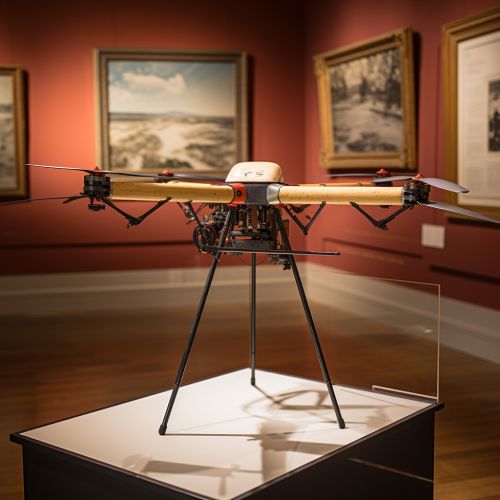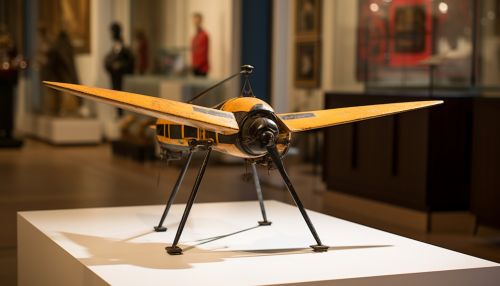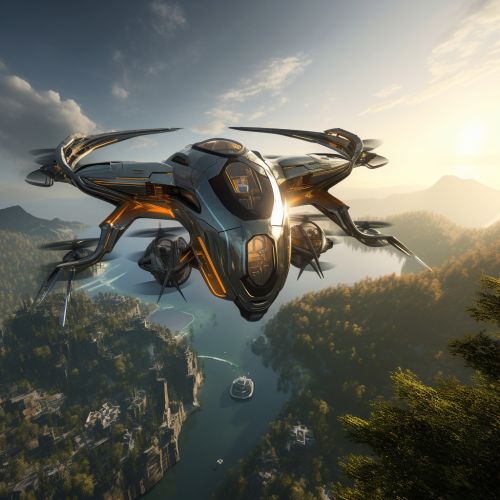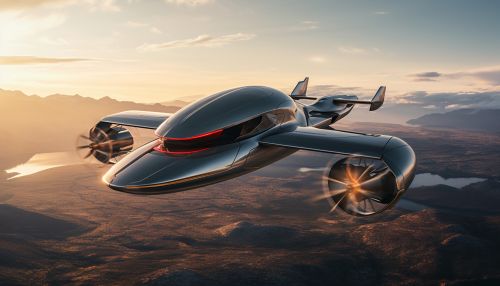Unmanned Aerial Vehicles
Introduction
Unmanned Aerial Vehicles (UAVs), also known as drones, are aircraft that operate without a human pilot on board. They are controlled either remotely by a human operator, or autonomously by onboard computers. UAVs have a wide range of applications, from military and law enforcement uses to civilian and commercial purposes such as aerial photography, agriculture, and delivery services.
History
The concept of unmanned flight dates back to the earliest days of aviation. The first recorded use of an unmanned aerial vehicle for warfare occurred in July 1849, when the Austrians attacked the Italian city of Venice with unmanned balloons loaded with explosives. However, the development of UAVs as we know them today began in earnest during the First World War, with the creation of the Kettering Bug, an early unmanned aerial torpedo that was developed by the United States.


Design and Development
The design and development of UAVs involves a complex interplay of various disciplines, including aeronautics, electronics, and computer science. The primary considerations in UAV design are mission requirements, payload capacity, and flight endurance. UAVs can be categorized into two main types: fixed-wing and rotary-wing. Fixed-wing UAVs, like conventional airplanes, have wings that provide lift, while rotary-wing UAVs, such as quadcopters, have rotors that provide lift and control.
Applications
UAVs have a wide range of applications, both military and civilian. In the military sphere, they are used for reconnaissance, surveillance, and targeted attacks. In the civilian sphere, they are used for a variety of purposes, including aerial photography, agriculture, and delivery services.
Military Applications
In the military sphere, UAVs are used for a variety of purposes, including reconnaissance, surveillance, and targeted attacks. They provide a cost-effective and risk-free means of gathering intelligence and carrying out missions in hostile environments.
Civilian Applications
In the civilian sphere, UAVs have a wide range of applications. They are used in agriculture for tasks such as crop monitoring and pesticide spraying. In the field of aerial photography, they are used for tasks such as real estate photography and film production. They are also used in delivery services, where they can deliver goods quickly and efficiently, especially in remote or hard-to-reach areas.
Regulation
The regulation of UAVs varies by country and is often a complex and evolving area of law. In many countries, the use of UAVs is regulated by the national aviation authority. Regulations typically cover aspects such as operator certification, flight restrictions, and privacy considerations.
Future Trends
The future of UAVs is likely to be shaped by advances in technology and changes in regulatory frameworks. Potential future trends include increased autonomy, swarm intelligence, and integration into the wider airspace system.


